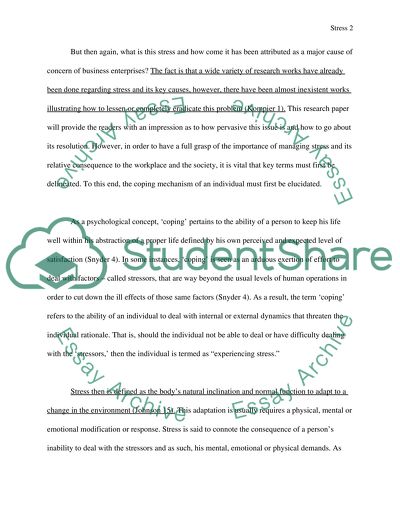Cite this document
(“Stress As An Organizational Crisis Research Paper”, n.d.)
Retrieved de https://studentshare.org/health-sciences-medicine/1391780-physical-illness-caused-by-stress
Retrieved de https://studentshare.org/health-sciences-medicine/1391780-physical-illness-caused-by-stress
(Stress As An Organizational Crisis Research Paper)
https://studentshare.org/health-sciences-medicine/1391780-physical-illness-caused-by-stress.
https://studentshare.org/health-sciences-medicine/1391780-physical-illness-caused-by-stress.
“Stress As An Organizational Crisis Research Paper”, n.d. https://studentshare.org/health-sciences-medicine/1391780-physical-illness-caused-by-stress.


